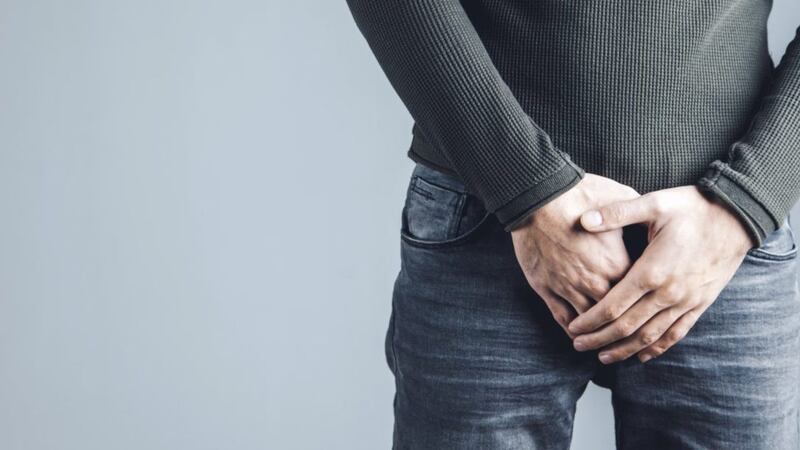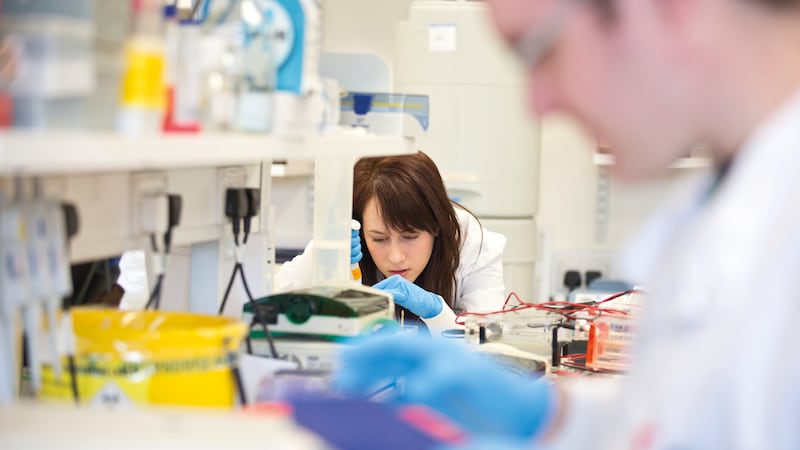AN implant shaped like a spider could help millions of men with an enlarged prostate get a good night's sleep.
The device, which expands to up to two inches long, pushes swollen prostate tissue away from the urethra, the tube that carries urine from the bladder out of the body.
It could cut night-time trips to the loo for men with an enlarged prostate, which is also known as benign prostatic hyperplasia.
The condition affects millions of men. It occurs when the prostate - a walnut-shaped gland that surrounds the urethra and makes some of the components of semen - gets bigger with age, possibly due to changes in hormone levels.
As the prostate grows, it can push against the urethra and the bladder, restricting the flow of urine.
This can lead to frequent bathroom trips, especially at night, as well as problems in starting urination and difficulty in fully emptying the bladder.
Treatments range from lifestyle changes, such as not drinking too much at night, to taking prescribed medicines that relax the muscles at the base of the bladder, making it easier to urinate.
But drugs may have side-effects, including nasal congestion, swollen ankles and ejaculation problems, and up to two-thirds of men stop taking them after one year.
Excess prostate tissue can be removed through a procedure known as transurethral resection of the prostate (TURP), but it can lead to incontinence and impotence if the surrounding nerves are damaged during the surgery.
The new device - a small cylinder attached to three thin metal 'legs' - is designed to ease urinary symptoms without causing side-effects.
It is made from nitinol, a 'memory metal' that at room temperature can easily be compressed, but at body temperature expands back to its original shape.
In a five-minute procedure under local anaesthetic, the collapsed implant is navigated down the urethra using a catheter - a thin tube - and a camera.
Once in place at the bladder neck, the 'legs' unfurl, pushing back the prostate tissue.
This makes it easier for urine to pass into the urethra from the bladder, by widening the channel through which urine flows.
An enlarged prostate can lead to frequent bathroom trips, especially at night, as well as problems in starting urination and difficulty in fully emptying the bladder
The device is removed after five to seven days, but the prostate tissue remains pushed back.
A study on 185 men aged 55 to 70 found the procedure highly effective. Symptoms eased in eight in 10 men, and urinary flow rate improved by more than 50 per cent, the journal Urology reports.
None of the study's participants became impotent owing to the procedure.
The researchers, from Weill Cornell Medical Center in New York in the United States and the University of Toronto in Canada, concluded that it provided a "safe and rapid" treatment option for men with benign prostatic hyperplasia.
Professor Raj Persad, a consultant urologist at Bristol Urology Associates, said: "Any means of reducing this problem are to be welcomed.
"This device does the trick. It is only used for a short period - any foreign body left in the urinary tract may induce infection.
"The holy grail would be finding a device like this that can remain in situ, achieving its effects indefinitely."
© Daily Mail








